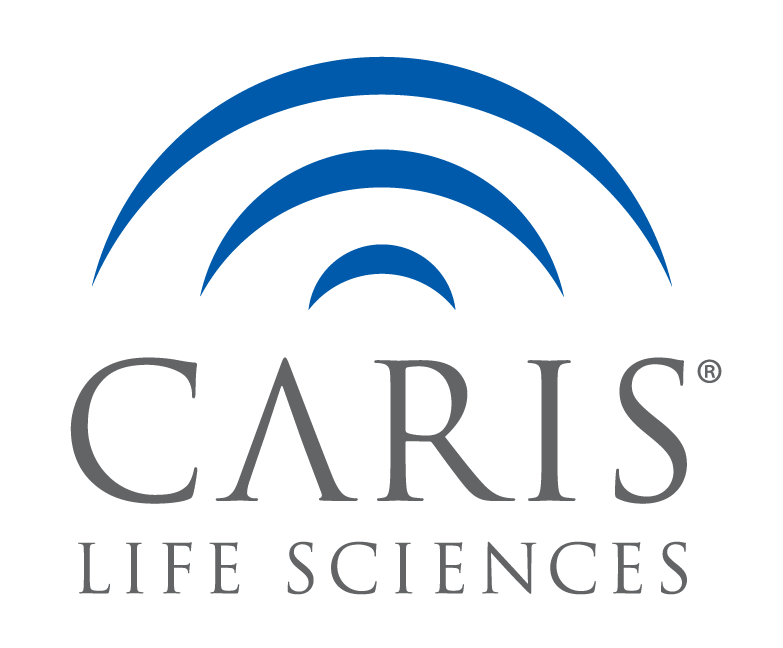Background
Gastroenteropancreatic neuroendocrine tumors (GEP-NETs) are rare diseases but the incidence and prevalence are increasing, likely owing to improvements in detection and diagnosis (1). However, molecular data which may explain their clinical heterogeneity, from indolent to highly aggressive, and divergent treatment responses, are lacking (2).
In the era of precision medicine, the pathogenesis of GEP-NETs is largely unknown and only a few studies on small sample size have attempted to characterize the molecular features of this group of disease (3-8).
Immune checkpoint inhibitors have dramatically changed the standard of care in many types of cancers, yet predictive biomarkers are needed for a better selection of patients. The expression of PD-L1 has been associated with higher WHO tumor grade (G3) in 32 metastatic GEP-NETs, as well as a predictive and prognostic value (9). In addition, compelling evidences suggests that tumor mutation load (TML) may become a useful biomarker to select patients who could have favorable response to immunotherapy, regardless of microsatellite instability (MSI). However, little is known about the prevalence of TML in GEP-NETs.
For these reasons, we aimed to comprehensively characterize a large cohort of GEPNETs and to explored the differences between gastrointestinal (GI) and pancreatic (PNET), high grade (HG) and low grade (LG) tumors.
Methods
A cohort of 724 GEP-NETs that underwent comprehensive genomic profiling by Caris Life Sciences (Phoenix, AZ) were identified from a retrospective database. Molecular characteristics, MSI status , TML, as well as protein expression by IHC were analyzed for difference based on primary location (GI vs pancreas) and grade (HG vs LG).
IHC was performed on FFPE sections of glass slides. Protein staining was scored for intensity (0 = no staining; 1+ = weak staining; 2+ = moderate staining; 3+ = strong staining) and staining percentage (0-100%) by pathologists. PD-L1 testing was performed using the SP142 anti-PD-L1 clone (Ventana, Tucson, AZ).
NGS was performed on genomic DNA isolated from FFPE tumor samples using the NextSeq (592-genes)/MiSeq platform (44-gene) (Illumina, Inc., San Diego, CA). All variants were detected with greater than 99% confidence based on allele frequency and amplicon coverage, with an average sequencing depth of coverage of greater than 500 and an analytic sensitivity of 5%.
MSI status was examined by assessing the number of microsatellite loci altered by somatic insertion or deletion for each sample. The threshold to determine MSI by NGS was determined to be 46 or more loci with insertions or deletions to generate a sensitivity of > 95% and specificity of > 99%.
TML was estimated from 592 genes (1.4 megabases [MB] sequenced per tumor) by counting all non-synonymous missense mutations found per tumor that had not been previously described as germline alterations. Differences in mean TML was assessed using Student’s T-Test.
Conclusions
Our findings demonstrated that several molecular differences are present based on tumor location and grade in a large cohort of GEP-NETs. Additionally, immune-related biomarkers showed lower prevalence in LG tumors compared to HG, therefore HG tumors may benefit more from immunotherapy than LG tumors.
Molecular profiling is anticipated to improve prognostication, treatment selection, patients’ follow-up, and ultimately patient outcomes (10). As recently shown for pancreatic neuroendocrine tumors (11), a comprehensive molecular analysis can identify several novel candidate carcinogenetic mechanisms which may be used to develop new biomarkers and targeted therapies.
Based on these data, we can hypothesize that a deep molecular profiling of GEP-NETS will provide new insights, which may lay the bases to a new molecular-based classification of these tumors, biomarker-driven clinical trial design and novel targeted agents development.

